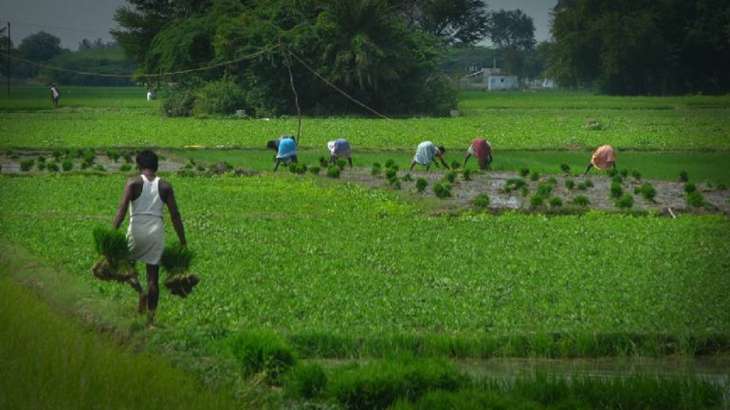Budget 2023: Agricultural sector anticipates incentives for innovative technologies

Budget 2023: As millions of Indians rely on agriculture for their primary source of income, the sector has always been a major focus of the union budget, particularly in recent years. The industry anticipates that the government in Union Budget 2023 will support interventions that will enable farmers to sustainably increase their incomes this year as well.
BUDGET 2023: FULL COVERAGE
The allocation of funds for research and development (R&D) are should be anticipated in Budget 2023 in order to create new, safer, and more efficient methods of controlling weeds, diseases, and pests in chemical and biological streams. Companies engaged in such R&D activities may be motivated to invest more in the same by various forms of incentive. In addition, the sector requires additional government support in the form of incentives like Production Linked Incentives (PLIs) to maximize agricultural output in 2023.
The Ministry of Statistics and Program Implementation’s data indicate that the agriculture sector will experience growth of 3.6% in 2020-21 and 3.9% in 2021-22. During the Covid-19 crisis, the industry displayed remarkable resilience. In addition to the food crisis, climate change, supply chain issues, inflation, and geopolitical issues disrupted every economy and triggered a global slowdown in 2022, making it widely acknowledged that the year was challenging for the global agriculture and food industry.
ALSO READ: Budget 2023: Will FM Sitharaman revise the long-term pending income tax exemptions limit?
The promotion of new technologies, particularly those aimed at combating climate change, need to be the primary focus of the Union Budget 2023. Farmers’ profitability and productivity both benefit from new technologies. In order to encourage crop diversification, it is also anticipated that the government will rationalize the Minimum Support Price (MSP) policy.
To meet the country’s food quality requirements, soil fertility and micronutrients will be essential. Therefore, establishing a tax rate that is comparable to that of micronutrients and bulk fertilizers will enable farmers to take advantage of these products to enhance not only the quantity but also the quality of their produce.
In fact, measures like depositing subsidy funds directly into farmers’ bank accounts will give them the choice of which products and services to use to boost farm sector productivity. The country’s plans to export will also gain momentum as a result.
FAQs
Q1. Who is India’s Agriculture Minister?
Minister of Agriculture Narendra Singh Tomar is in charge of the agriculture ministry.
Q2. Is pest control subject to GST?
For the service of pest control in an agricultural produce warehouse, the GST rate is 18 per cent, or “CGST 9% +SGST 9%.”
Latest Business News
For all the latest Business News Click Here
For the latest news and updates, follow us on Google News.

